Bone Up On
Your Fossils
Bone Up On Your Fossils
The " Fighting Dinosaurs " exhibition at the American Museum of Natural History featured extraordinary fossils from the Cretaceous Period discovered in the Gobi Desert in Mongolia. The exhibition included bones of ancient dinosaurs, lizards, birds and mammals.
Observe each fossil closely. Click on the picture that matches each clue!
About 80 million years ago, this long and narrow skull filled with straight sharp teeth belonged to a dinosaur that lived in the Gobi. This theropod gives important clues about the evolution of birds. Since its large eyes faced forward, it was easily able to zero in on its prey.
Which fossil is it?
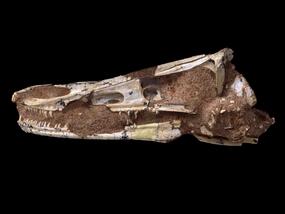
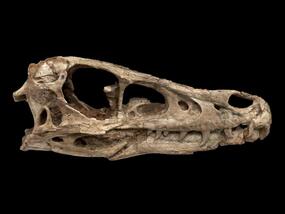
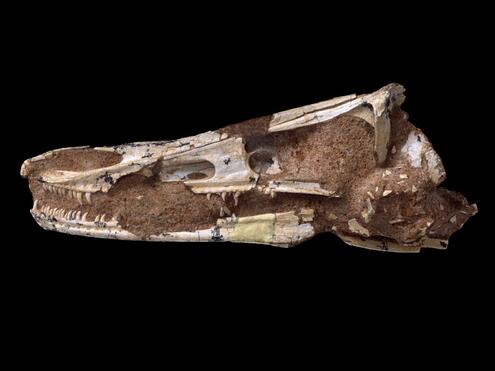
ANSWER:
It's a Byronosaurus skull!
This cat-sized mammal was discovered at Ukhaa Tolgod. By studying its small skull and skeleton, scientists figured out that this animal is closely related to the opossum. If you look closely at its mouth, you'll see a long front tooth.
Which fossil is it?
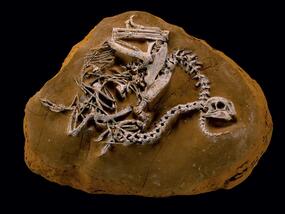
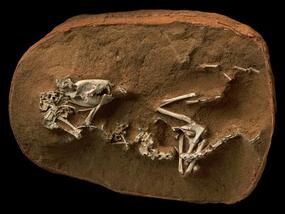
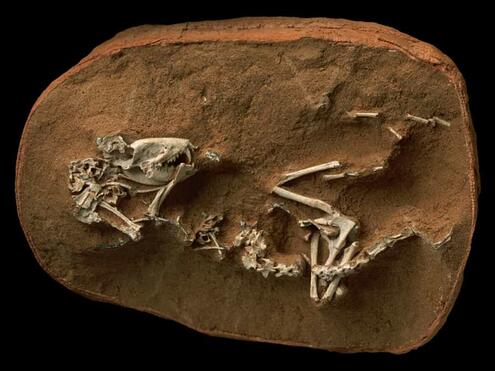
ANSWER:
It's a Deltatheridium skeleton!
The top view of this lizard's triangular head reveals its pebble-like skin texture. This animal is a relative of the poisonous Gila (HEE-luh) Monster that lives today in the U.S. and Mexico.
Which fossil is it?
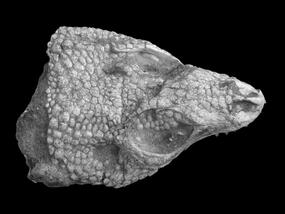
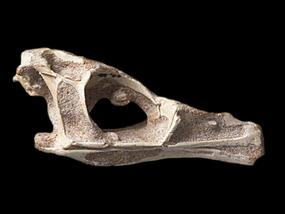
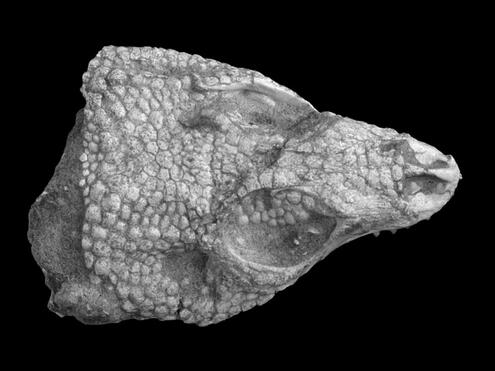
ANSWER:
It's a Gobiderma skull!
This dinosaur was related to Triceratops, and had a parrot-like beak. This dinosaur walked on four legs (you can see two), and was heavily built. If this dinosaur had grown to adulthood, it would have grown a bony frill over its neck.
Which fossil is it?
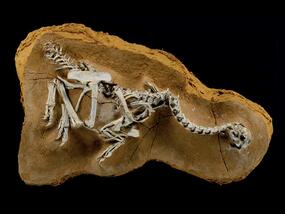
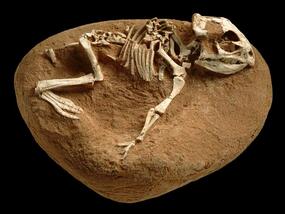
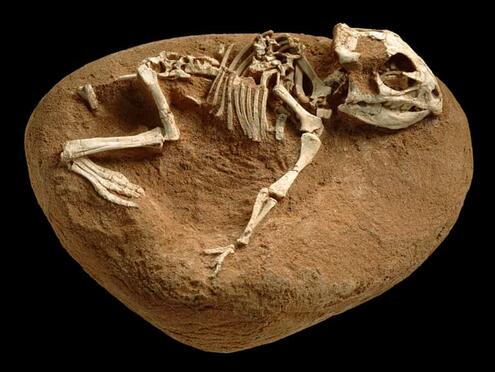
ANSWER:
It's a baby Protoceratops skeleton!
At first this roundish fossil skull might make you think, "Huh? What's that!?" But if you look at it carefully, you can see its large eye socket in the center. It's hard to tell, but its mouth is actually pointing to the right.
Which fossil is it?
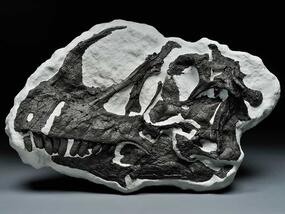
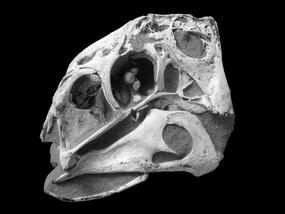
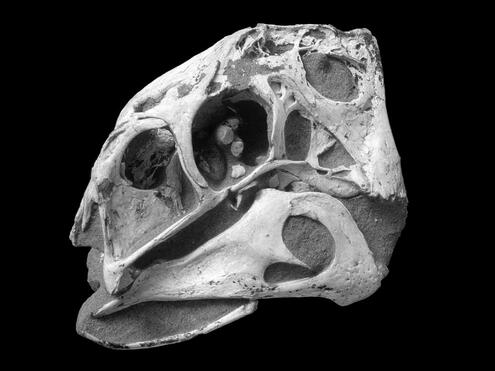
ANSWER:
It's a oviraptorid skull !
This plant-eating dinosaur lived in the Gobi about 80 million years ago. Can you spot its small teeth? If the entire skeleton of this specimen had been preserved, you would see that its body was protected by body armor and a tail club.
Which fossil is it?
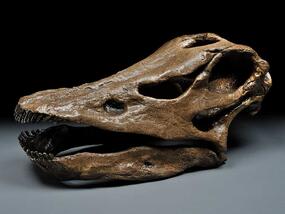
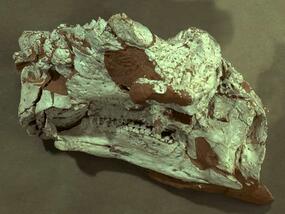
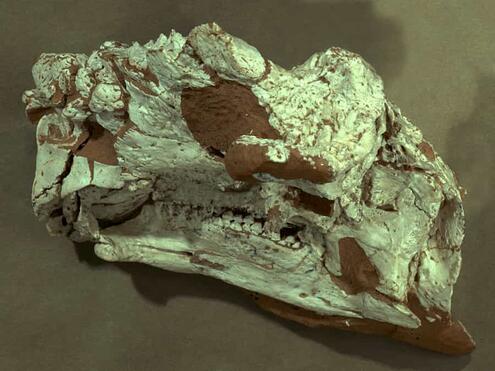
ANSWER:
It's a Pinacosaurus skull!
Towards the end of the Mesozoic Era, this nest contained more than a dozen dinosaur eggs. One of the hatchlings apparently died before it left the nest. You can see its skeleton on top of the nest. Scientists used the hatchling's bones to help them figure out the nest belonged to a troodontid dinosaur.
Which fossil is it?
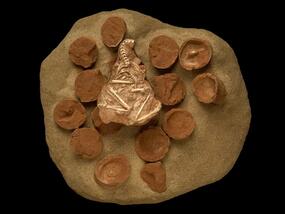
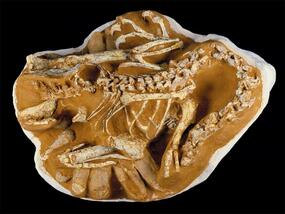
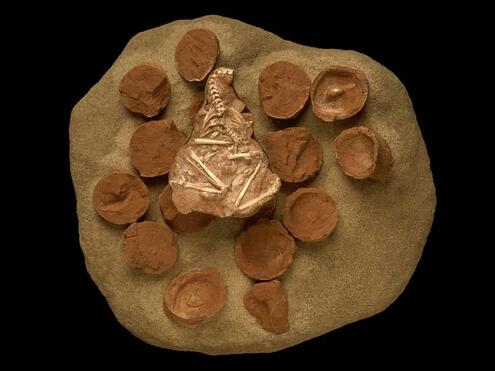
ANSWER:
It's a troodontid nest !
This extinct rat-sized mammal had large eyes - the better to hunt at night! Although Kryptobaatar means "hidden hero," it's just a coincidence that this specimen's body is mostly hidden in the rock. Can you spot the crease or line on the top of its skull?
Which fossil is it?
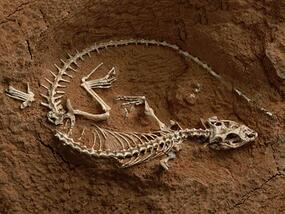
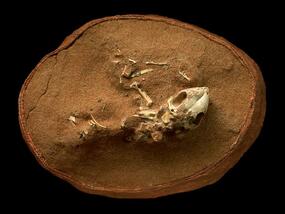
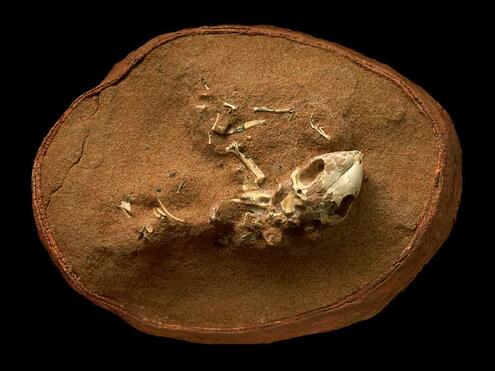
ANSWER:
It's a Kryptobaatar skeleton!
You might also like...
Image Credits:
All images, © AMNH




 Biodiversity
Biodiversity
 Brain
Brain
 Genetics
Genetics
 Marine BiOLogy
Marine BiOLogy
 MicrobiOLogy
MicrobiOLogy
 PaleontOLogy
PaleontOLogy
 ZoOLogy
ZoOLogy
 AnthropOLogy
AnthropOLogy
 ArchaeOLogy
ArchaeOLogy
 Astronomy
Astronomy
 Climate Change
Climate Change
 Earth
Earth
 Physics
Physics
 Water
Water
